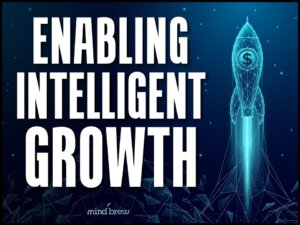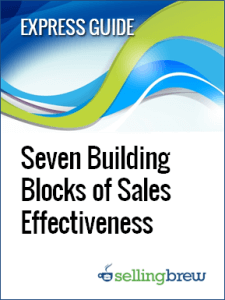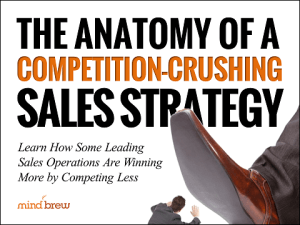As the year winds down and we start looking forward to (or maybe dreading) the holidays, it’s tempting to shift into neutral and just try to coast through it. But for Sales Operations teams, the last few weeks of the year provide a great opportunity to sharpen our understanding, refresh our priorities, and set the stage for next year.
Yes, everyone will be busy juggling dozens of urgent tasks. But if we can carve out even just a little time before year-end, it can make a big difference in how next year gets underway. In our experience, some big things that deserve a Sales Ops team’s attention before calling this year a wrap include…
1. Assess Sales Operations Capabilities and Performance
Start with an objective look at how Sales Ops really performed this year. Go beyond the headline numbers to get clear about what’s actually driving performance and what’s holding it back.
How much of any revenue improvement came from better execution versus sheer market demand? Did our forecasting process become more accurate or just more complicated? Did the tools and dashboards we deployed actually improve decision quality, or just add noise and extra steps? Were the territory and incentive adjustments we made early in the year effective, or did they create a bunch of unintended consequences elsewhere?
Beyond the performance aspects, it’s also worth assessing how far the Sales Ops function itself has come. What skills were developed or enhanced this year? Which operational capabilities were added or strengthened? Which capability gaps still persist and need attention in the coming months?
Evaluating capability development alongside performance outcomes gives a more complete picture of progress and focus areas for next year.
Here are some resources in the Playbook that can help:
2. Review Core Assumptions and Operational Models
Sales Ops functions operate in dynamic environments. Market conditions change. Competitors reposition and refocus. Customer needs and priorities evolve. Buyer behaviors and processes shift. By year’s end, some of the assumptions behind our operating models and performance metrics may be out of date.
Now’s a good time to review our foundational elements to determine whether a more in-depth refresh is warranted.
Have our sales processes kept up with changes in buyer behavior and digital engagement? Have we seen enough change in product mix, pricing, or channel strategy to require new segmentation or coverage models? Are there indicators…shrinking pipeline volume, declining conversion rates, growing cycle times, increasing exception volumes, etc….that might suggest our operating frameworks are no longer aligned with today’s realities?
While a comprehensive process redesign will take more time, a quick review can tell us whether that work needs to be built into next year’s plan.
Here are some resources in the Playbook that can help:
3. Draft Next Year’s Strategic Priorities and Roadmap
Leveraging what we’ve learned from this year’s results, our current capabilities, and the health of our core processes, we can then define our priorities and sketch a basic roadmap for the coming year.
At this stage, we’re looking for broad strokes and directional clarity, not a 50-page plan. The key is to ensure we’re focused on the right things before we worry about all of the details and specifics.
We want to identify the handful of strategic priorities and key initiatives that will have the biggest impact. That might mean taking an existing initiative to the next level of capability and performance. It might involve using predictive analytics to identify account expansion opportunities and retention risks. It might mean using AI to develop a dynamic, near-real-time forecasting model. Or it could be about strengthening sales enablement systems, improving territory alignment, or optimizing compensation metrics to drive the desired behaviors.
In drafting a roadmap, we want to think about prerequisites and advantageous sequencing. And while these will likely be pretty big things, it helps to break them into manageable quarterly phases with measurable outcomes along the way.
Here are some resources in the Playbook that can help:
- Developing a Winning Sales Operations Roadmap
- The Sales Ops Blueprint
- From Tactical to Strategic Sales Ops
Now, none of this requires a massive amount of effort or an endless series of meetings and workshop sessions. Yes, it will take some time. But the biggest requirement is just having the will and the resolve to say, “Let’s do this.”
So in the next couple of weeks, block a few hours on the calendar. Pull the data, ask questions, challenge assumptions, brainstorm possibilities, and then make some decisions to set the stage for next year’s success.











